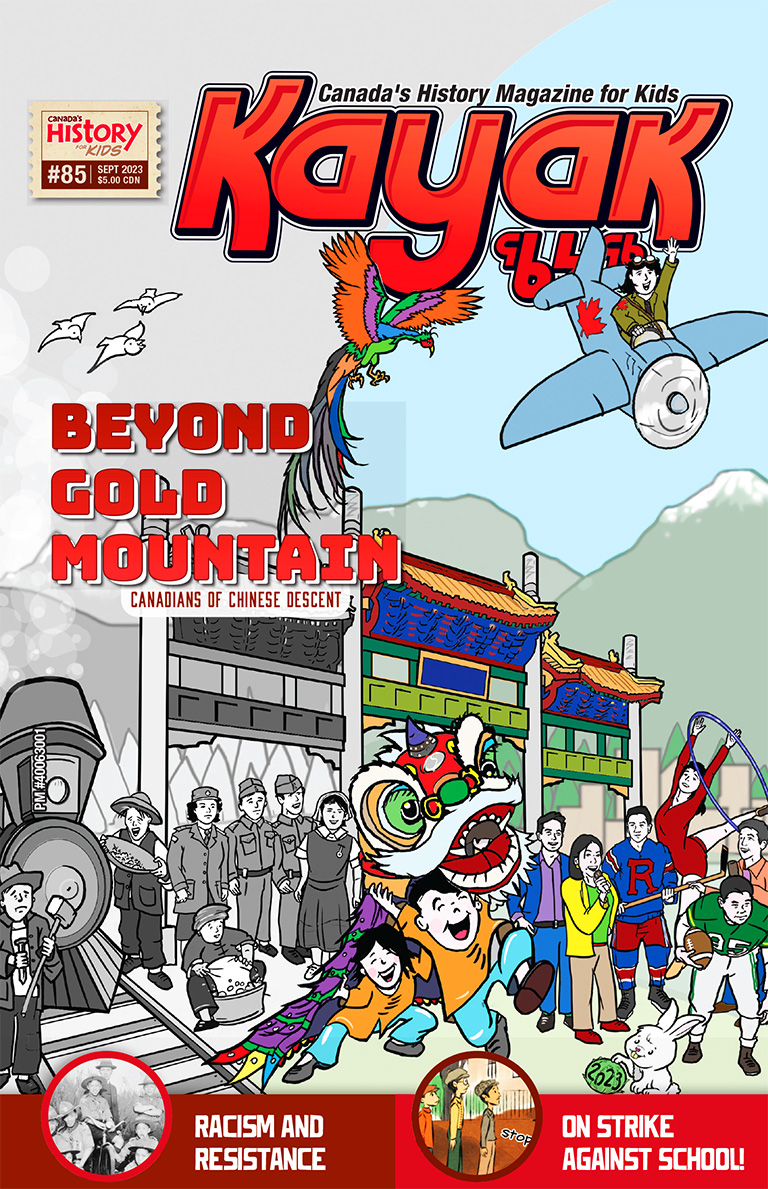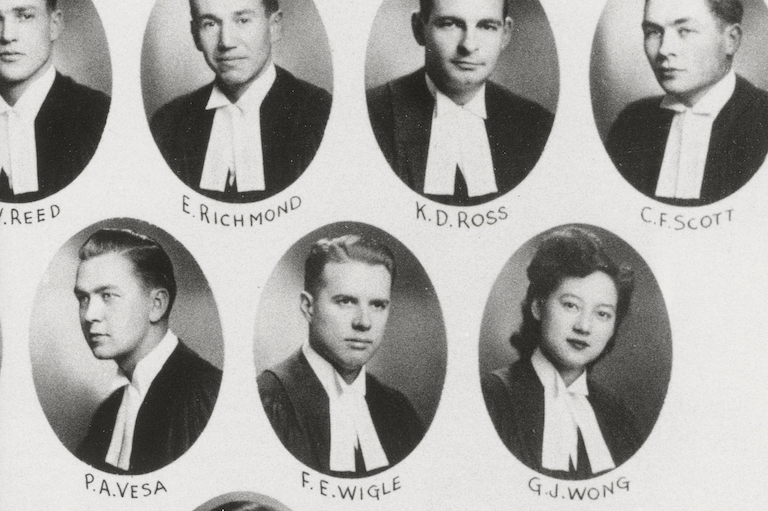Resiliency of Chinese Immigrants and Their Descendants
Lesson Overview |
Grade Levels: 5/6, 7/8, 9/10 Subject Area: Social Studies, History, ELA Time Required: 1-2 lessons Magazine Issue: “Beyond Gold Mountain: Canadians of Chinese Ancestry,” Kayak: Canada’s History Magazine for Kids, September 2023 |
In this lesson, students will analyze the ways Chinese immigrants to Canada survived and thrived despite the restrictions imposed on them. Students will gain deeper insights using Kayak and then connecting it to the primary sources for a deeper understanding of the events that affected Chinese immigrants and the ways in which they pushed for better treatment and rights. |
Historical Thinking Concept(s) |
|
Learning Outcomes |
Students will…
|
Background Information |
| In addition to working on the railway, Chinese immigrants looked for other job opportunities. However, many jobs were limited by discriminatory labour laws and racial barriers. Many Chinese workers opened hand laundries as a means to earn a living, yet found themselves often subject to greater restrictions and systemic discrimination than white workers. The Chinese Immigration Act of 1923 banned almost all Chinese from entering Canada. “Paper sons” and “paper daughters” are terms to refer to those born in China who illegally immigrated to Canada by purchasing documentation that stated that they were blood relatives to Chinese people who already received Canadian citizenship or residency. |
Resources Required/Teacher Prep |
|
Primary Sources Used |
Warning about the use of language in the Primary SourcesThe language found in many of these primary sources includes terms and images that are considered offensive today. The teacher should review the use of these terms with students that were used in the time period of the primary source and the manner in which they should be treated today. |
Chinese Workers
Paper Sons
|
Lesson Activity |
ACTIVATING
ACQUIRING
APPLYING
|
Lesson Alternatives/Accommodations |
| The sources can be analyzed together as a class as opposed to individually. |
Possible Extension Activities |
| Students could be offered alternatives to creating a cartoon, such as a poster or newspaper article. |
Possible Assessment |
|








